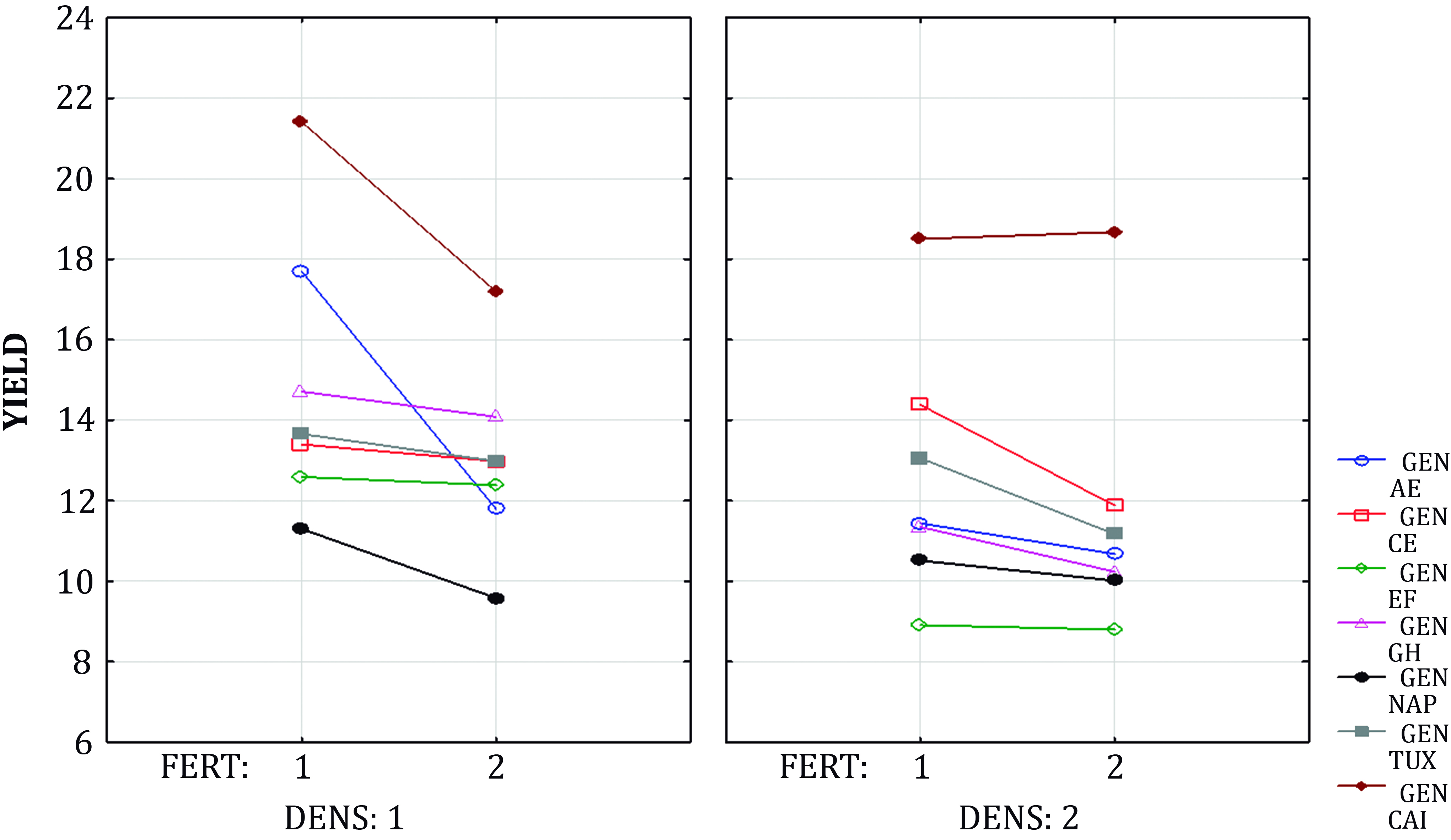Agronomic performance of maize (Zea mays L.) populations segregating the polyembryony mutant
Palabras clave:
Zea mays, poliembrionía, modelo de herencia, ensayo de rendimiento, potencial de rendimiento, densidad de plantas, dosis de fertilizaciónResumen
The maize polyembryony (PEm) is phenotypically expressed when the seed germinates in two or more seedlings simultaneously, which in turn develops the capacity to overcome the close competition among sisters and neighboring plants. Because of that, it is thought that the inclusion of PEm in some new maize varieties can be useful looking for high yields and corn grain quality as a response to the global food demand. This research is about the PEm inheritance, the inclusion, recovery of polyembryony in segregating populations, and exploring their performance capacity. The foundation populations were the progenies from crosses among polyembryonic sources and inbred lines, producing several F1 groups, and from each the proper F2, and G3 and G4 generations. The latter two were developed through successive positive assortative matings (AM+). G3 populations were used to generate diallel crossings, Griffing’s method 4, and part of them were evaluated in a performance assay, using a complete block design with a split-split plot arrangement. Results supported a validation of the inheritance model proposed for this sort of polyembryony, which states that the trait is controlled by two independent loci, under epistatic interaction of the type "duplicate gene action". Moreover, the arbitrarily handling of sexual reproduction in F2 plants and in G3 and G4 generations through positive assortative matings (AM+) increased the PEm frequency on an average up to 40 % in G4, departing from the 4.9 % in F2. Also, the performance assay shown a yield potential of the trait. The PEm mutant might be useful in maize production.
Descargas

Descargas
Publicado
Cómo citar
Número
Sección
Licencia
Aquellos autores/as que tengan publicaciones con esta revista, aceptan las Políticas Editoriales.










.jpg)




